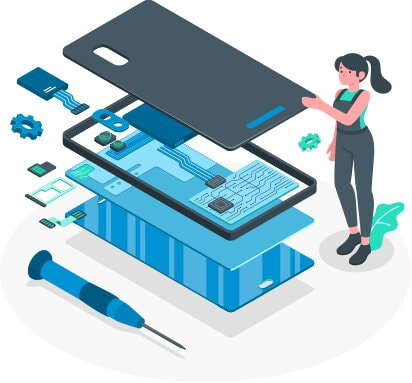What is a PC?
페이지 정보
작성자 Damion 날짜24-04-26 10:36 조회3회 댓글0건본문

In the 1970s, a man named Ed Roberts began to sell computer kits based on a microprocessor chip designed by Intel. Roberts called his computer the Altair 8800 and sold the unassembled kits for $395. Popular Electronics ran a story about the kit in its January 1975 issue, and to the surprise of just about everyone, the kits became an instant hit. While the Altair 8800 was the first personal computer, it was the release of the Apple II a couple of years later that signaled the start of the PC as a sought-after home appliance. The Apple II, from inventors Steve Jobs and Steve Wozniak, proved that there was a demand for computers in homes and schools. Soon after, long-established computer companies like IBM and Texas Instruments jumped into the PC market, and new brands like Commodore and Atari jumped into the game. In this article, we'll look inside the PC to find out about its parts and what they do.

Motherboards come in different sizes and standards, the most common as of this writing being ATX and MicroATX. From there, motherboards vary by the type of removable components they're designed to handle internally and what ports are available for attaching external devices. For power users, there is also the E-ATX form factor, which has more space for ports and expansion slots, but requires a large PC case to accommodate it. Power supply: Other than its CMOS (complementary metal-oxide semiconductor or microchip), which is powered by a replaceable CMOS battery on the motherboard, every component in your PC relies on its power supply. The power supply connects to some type of power source, whether that's a battery in the case of mobile computers, or a power outlet in the case of desktop PCs. In a desktop PC, you can see the power supply mounted inside the case with a power cable connection on the outside and a handful of attached cables inside.
visit south shop
https://maps.app.goo.gl/cAKYMmsGriJV9ERt5
댓글목록
등록된 댓글이 없습니다.



















 광송무역
광송무역
 070-7762-8494
070-7762-8494

